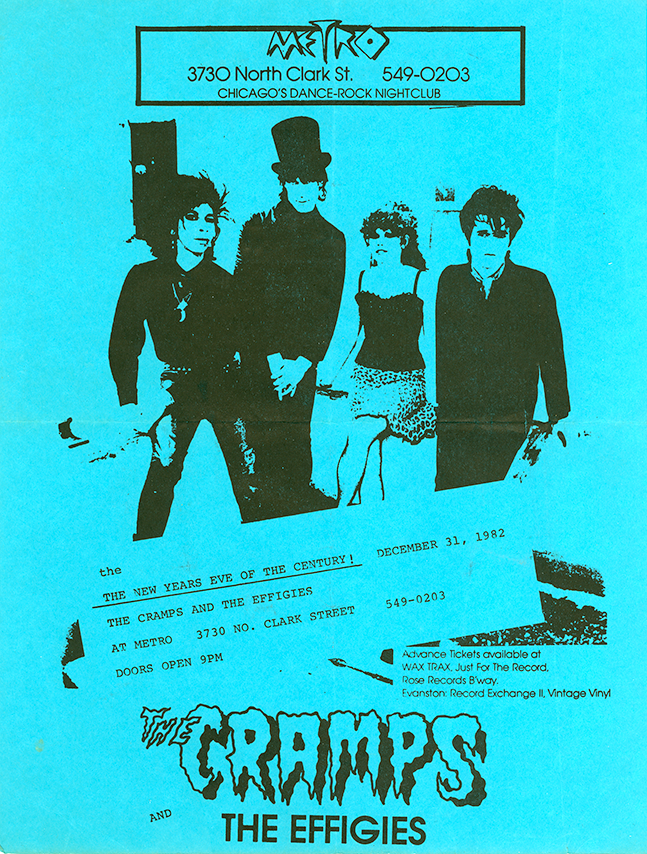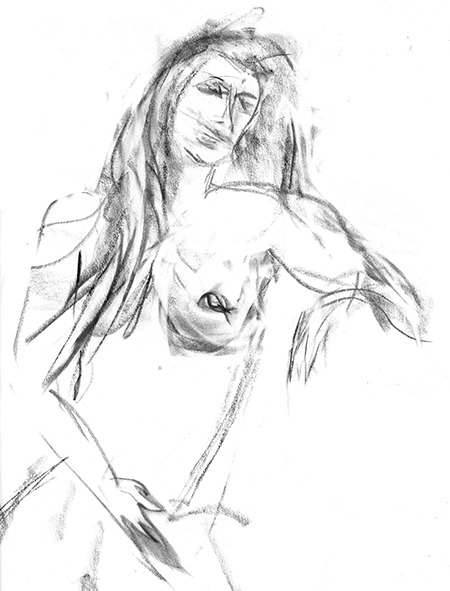If you outsource your core business functions, you aren’t a business, you’re a website. The primary asset of any business is its human capital. If you give up control of your most valuable asset, then you don’t understand the value of your employees’ experience and knowledge. But your competitors want to know what your employees know, even if you don’t.
Category: Uncategorized
Gravel Blower
Watch this video of some idiot trying to move a pile of gravel with a leaf blower. I hope the neighbors had their windows shut.
Migrating from MovableType to WordPress
I am migrating my blog off the old Movable Type platform. My old blog will still be available at the old address until I get this migration completed.
Movable Type is dead. I knew it would die when Joi Ito took over Six Apart, he screws up everything he touches. Despite Ito’s declaration of support for Open Source software, now Movable Type 6 is closed and the price went from $0 to $595. It used to be the predominant blog software, but everyone got fed up with the lack of updates and the security problems, so they moved to WordPress. Now I have to move as well.
Update: I have successfully moved all my content to this new site, but the formatting converted poorly and I may have to edit almost every post I made for the last 12 years. I am resuming light blogging so new posts may appear occasionally, while I sort out the remaining problems and improve the design.
Noctilucent Rainbow

This is a crude photo of a rainbow after sunset, a noctilucent rainbow. It was taken at 8:34PM, sunset was at 8:29PM so the sun was already below the horizon. The photo was taken pointing southeast, away from the setting sun. I tried to go outside and get a better photo but it had already faded.
I have never heard of such a thing. I searched online and there are a few photos of this phenomenon, but it is exceedingly rare. Storm clouds in the west were high enough to be lit by the sun below the horizon. It made a bright red sunset, so the rainbow was illuminated by red light only, making a red rainbow.
A Message to Cori Eicher
Apple keeps sending me emails to alert me that someone named Cori Eicher is trying to reset my Apple ID.
Cori, I don’t know who you are, or where you are, but that isn’t your account. It’s my account, I’ve had it for over 10 years. I talked to Apple Security and you are never, ever going to get access to this Apple ID. So stop trying to reset the password. You are annoying me with your futile attempts to crack my account.
1982, New Year’s Eve of the Century: The Cramps
I recently found this amusing flyer for a live performance of The Cramps that I saw on December 31, 1982. It was billed as the New Year’s Eve of the Century, and it was. It’s hard to believe this was 30 years ago.

From A to Z
Recently I noticed some particularly annoying grammar in the New York Times. I noticed it more than once, so apparently it is now in their stylebook. Here is an example, from an article on a pizza price war.
Related prices at both establishments have also tumbled. The special of two slices and a drink dropped to $2.25 from $2.75.
No, the price fell from $2.75 to $2.25. It confounds comprehensiblity to list the prices from low to high, to represent prices going from high to low. Please do not write like that.
Upgrade?
I had to perform a mandatory security upgrade, and now my blog template is broken. Everything seems to work, but it’s not formatted correctly. I’ll try to restore normal service as soon as possible.
Pour Over Coffee
Apparently I missed the latest coffee trend, “pour over” brewing. Apparently I missed this because I have done this before, I thought it was just the proper way to drip brew coffee.
2011: Life Drawing
Last year I did some life drawing sessions with a local artist co-op. It had been a long time since I did life drawing back in art school. I forgot how much I enjoyed it, and I discovered how much I had improved since I was a student.
A few days ago, a friend asked to see my drawings. She loved them, she said, “now draw me!” and took off her clothes. I did a few quick sketches in soft graphite, she liked this one the best. I always have problems drawing accurate portraits that look like the model, but despite my very rough drawing, she said it looks just like her.

She couldn’t sit still for more than about 5 minutes, which makes it hard to fix all the details. But for the short time she modeled, this is a fairly good effort. That was always my problem in the drawing sessions, I wanted to do 30 minutes per pose, everyone else wanted 5 minutes. I like to work longer sessions, that’s probably because of my painting background, I take longer to work out all the details. But it’s hard to find models that will sit for an hour, day after day, until a painting is finished.
This drawing is about 8″ x 14″ and was done in graphite stick, with lots of smeary erasing. Graphite stick is really versatile, but alas, you can’t see its best qualities just from a low rez scan. It can be shiny or matte, smooth or rough. In a lot of these forms, I’m trying to just “suggest” the form rather than make it clear. This type of drawing relies more on the energy and expressiveness of the line and shading, rather than accurate draftsmanship. I captured a few important anatomical features that help create the shape, but only as minimally and as sketchily as I can. I am rather pleased with this drawing. I can see a few things I’d like to fix, but inevitably, I always ruin a drawing by trying to fix it after the fact.